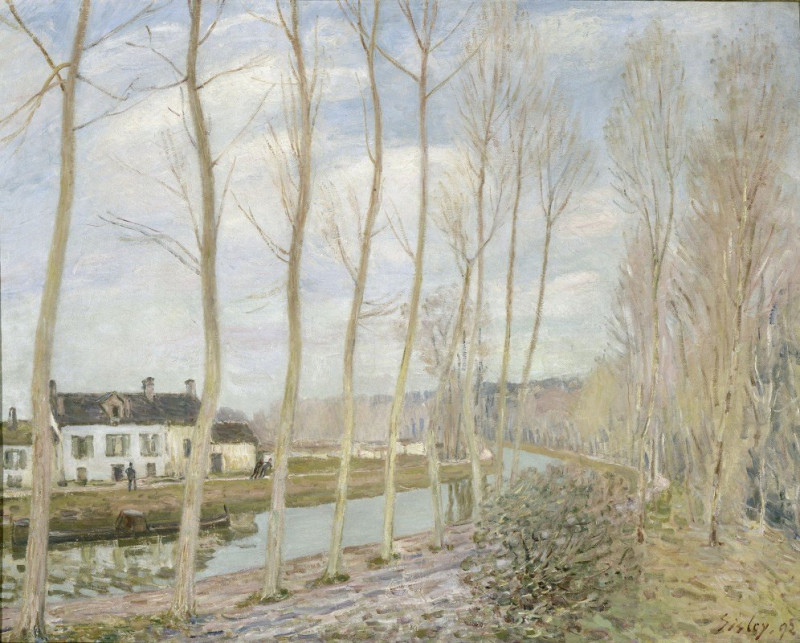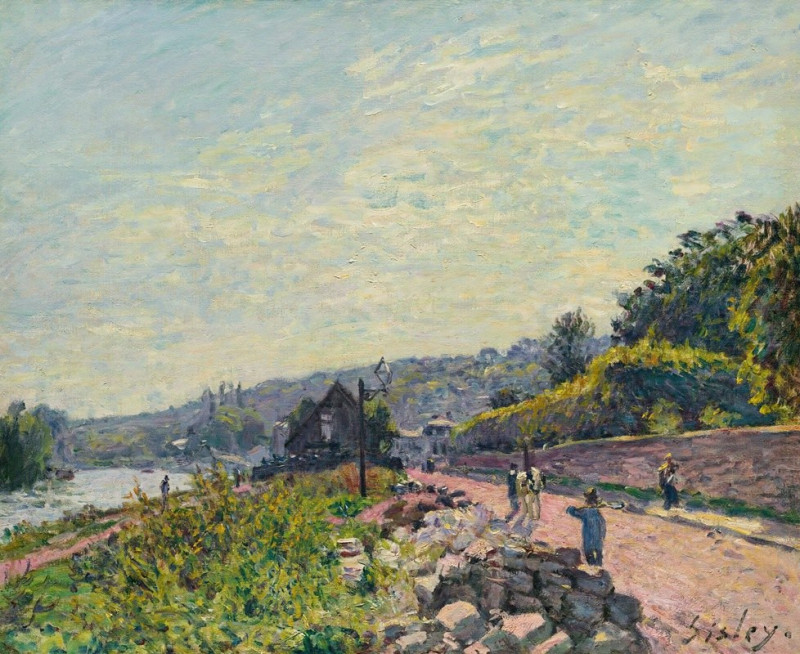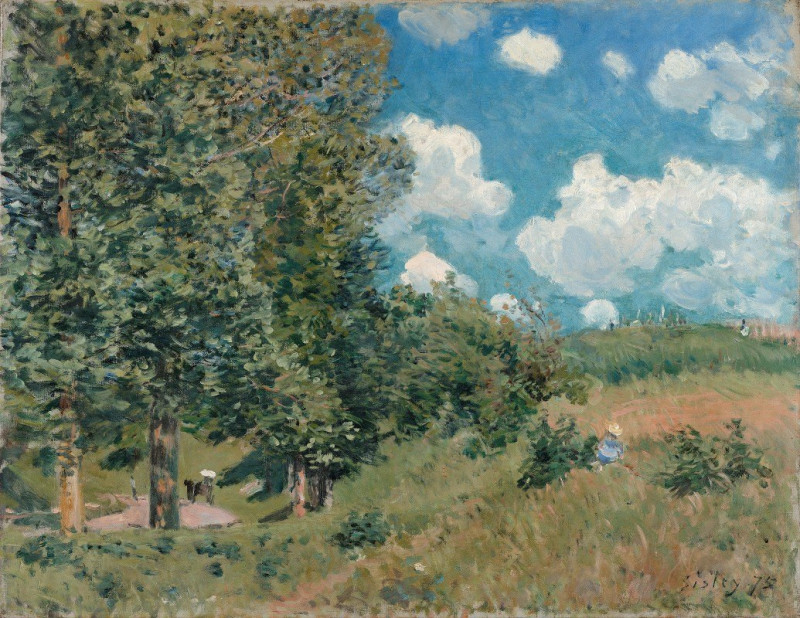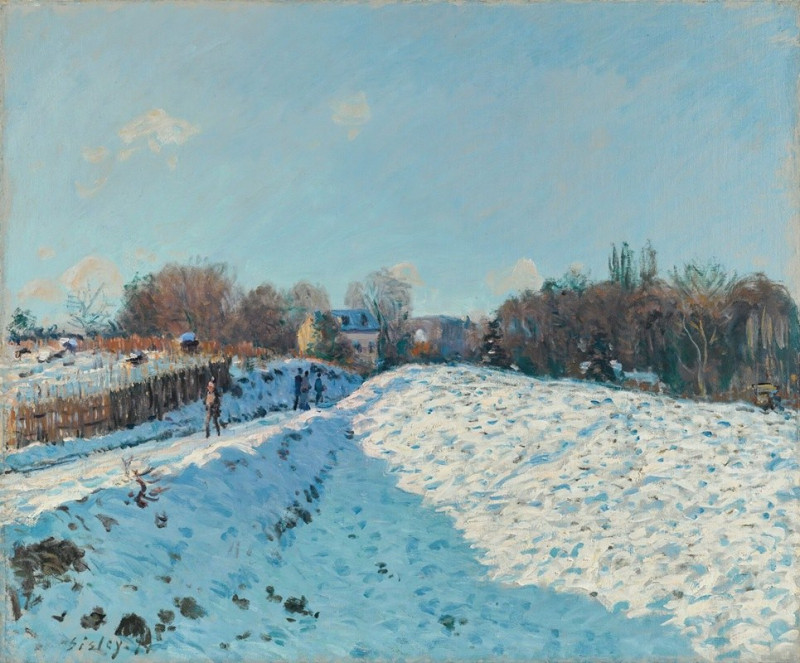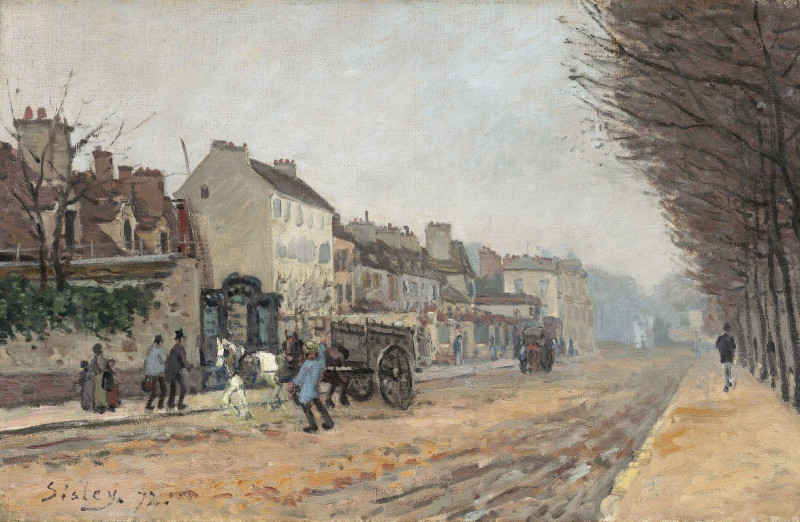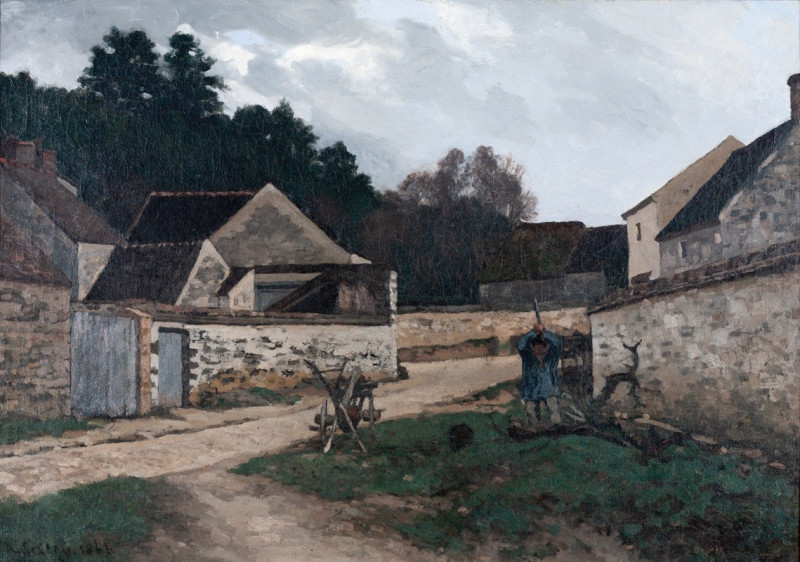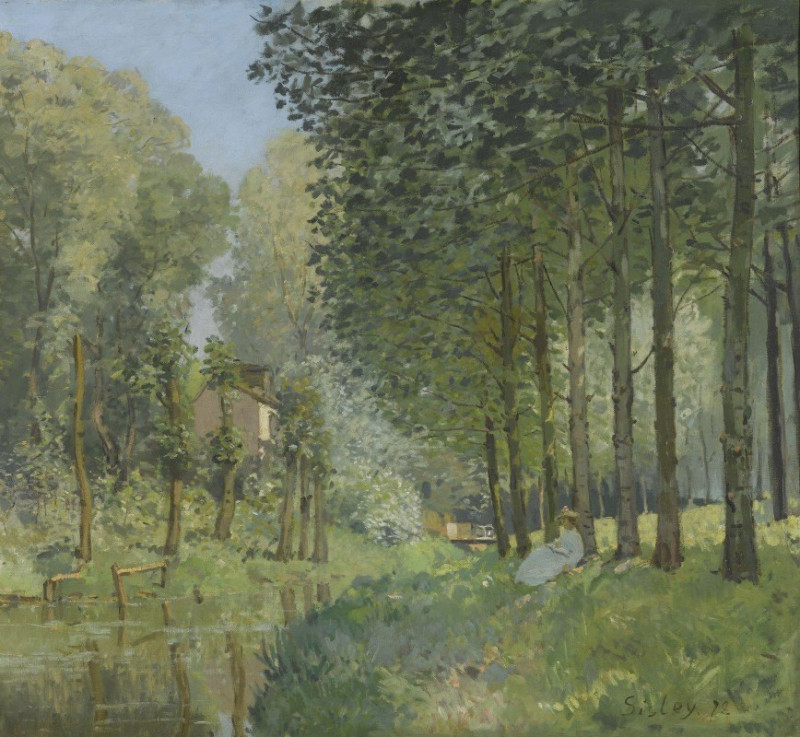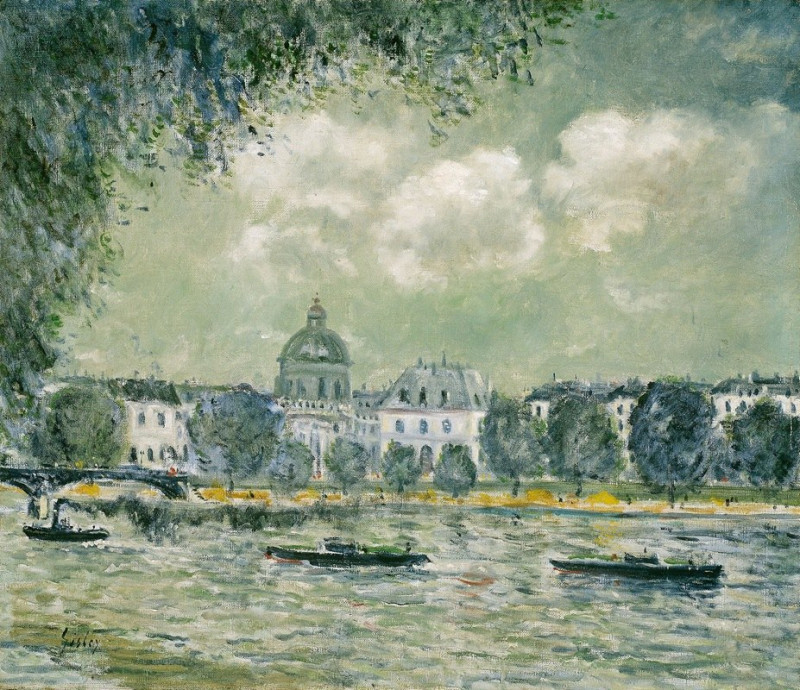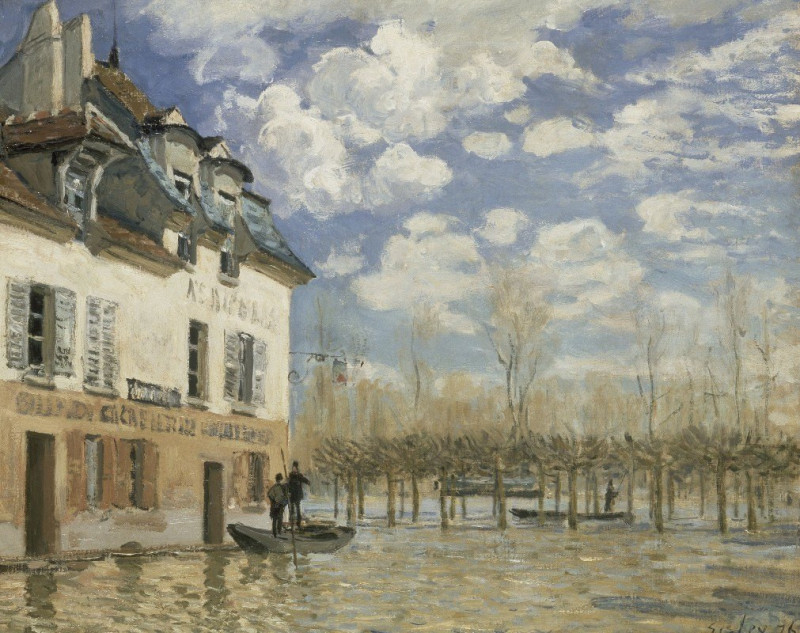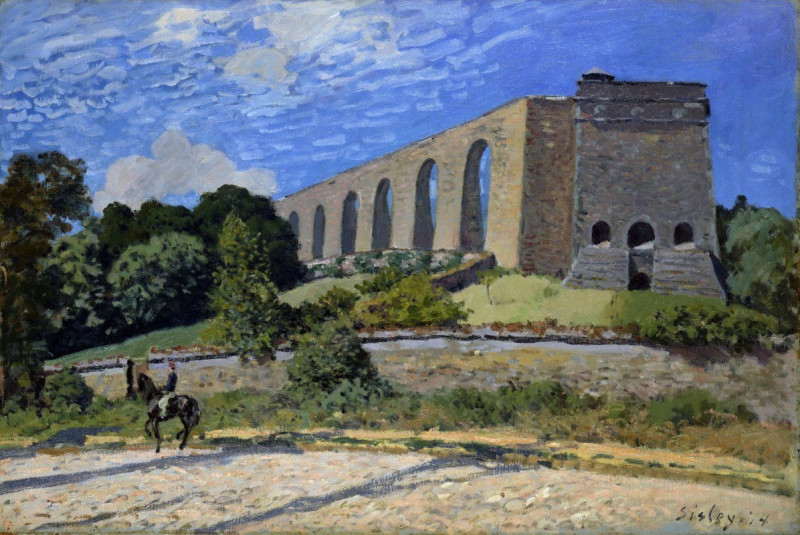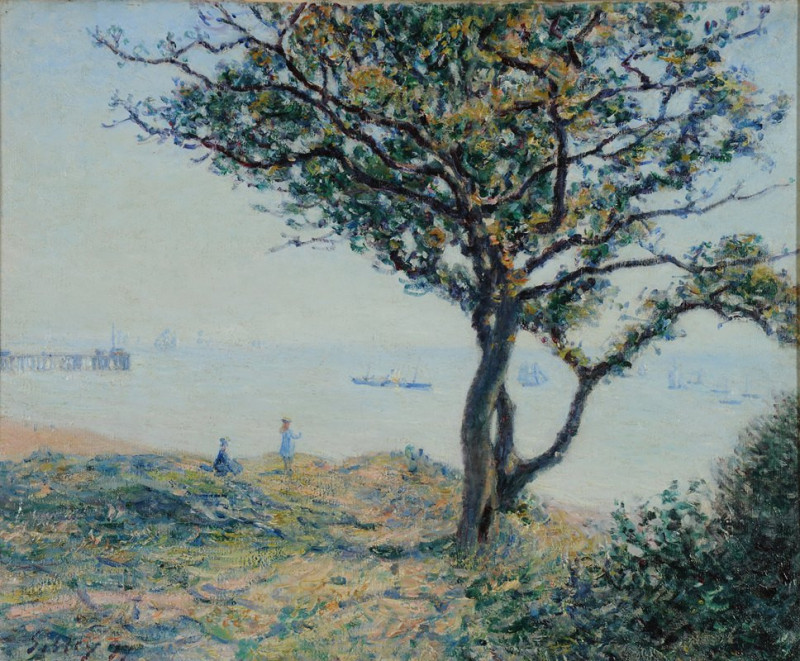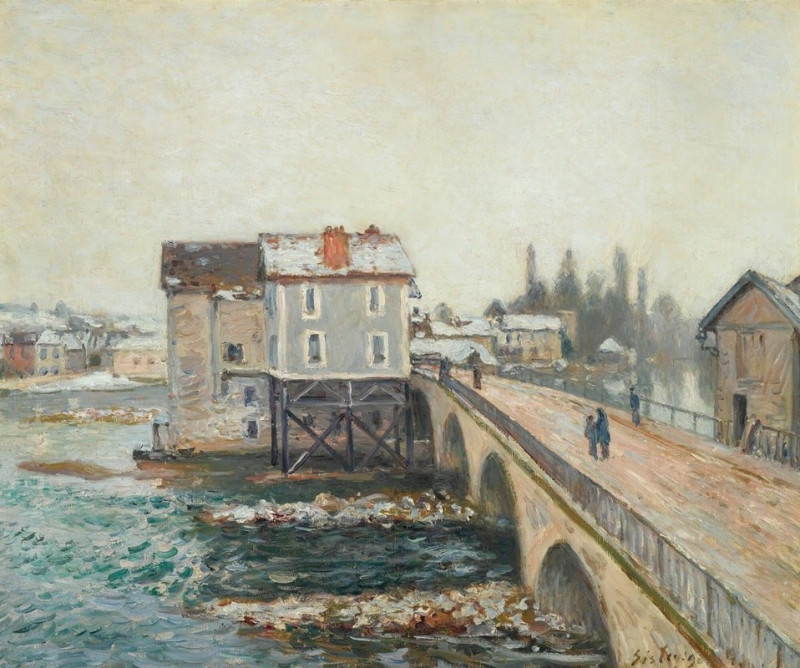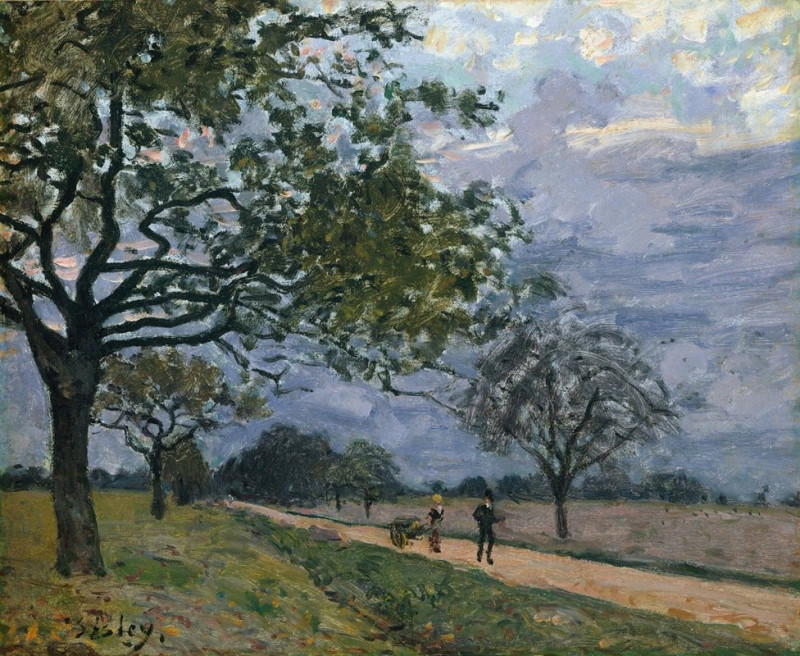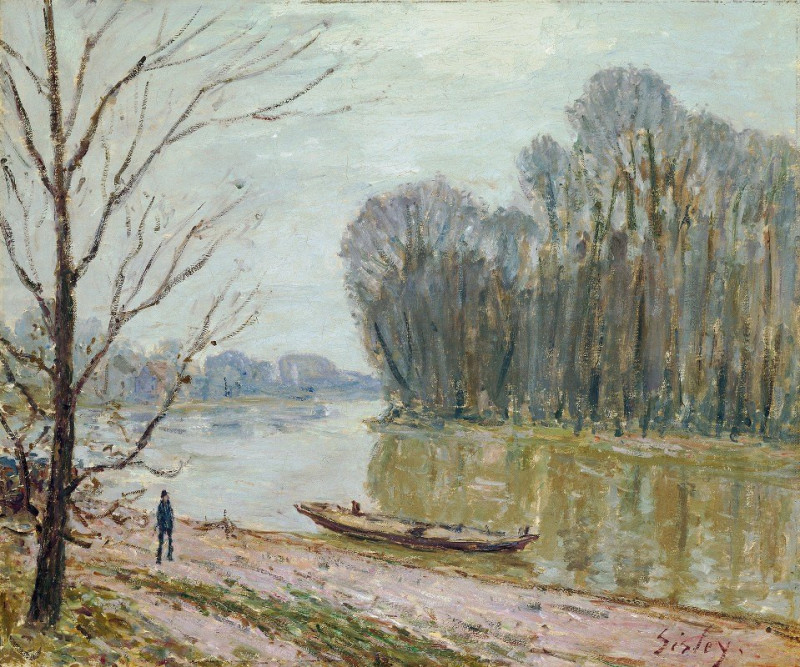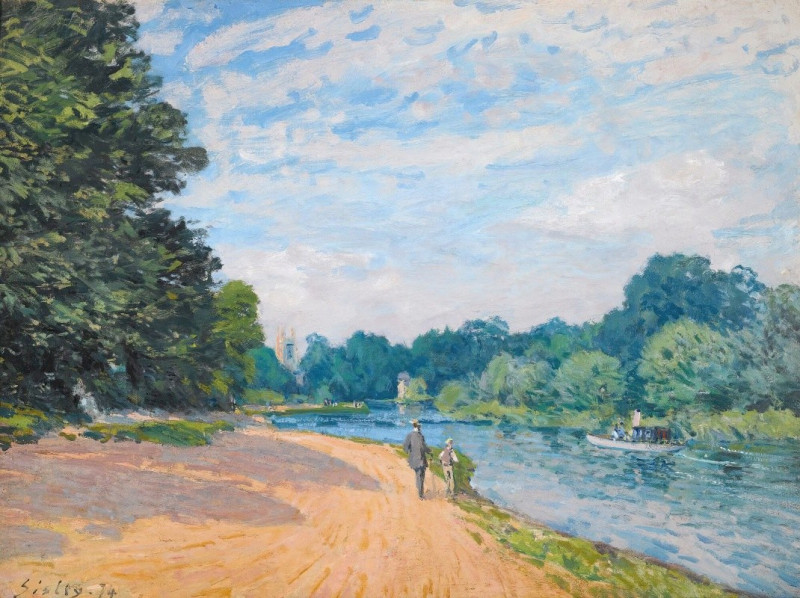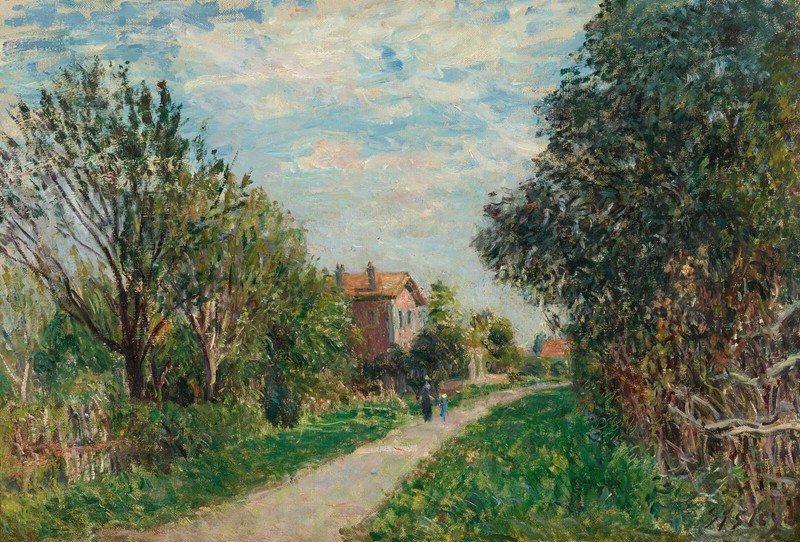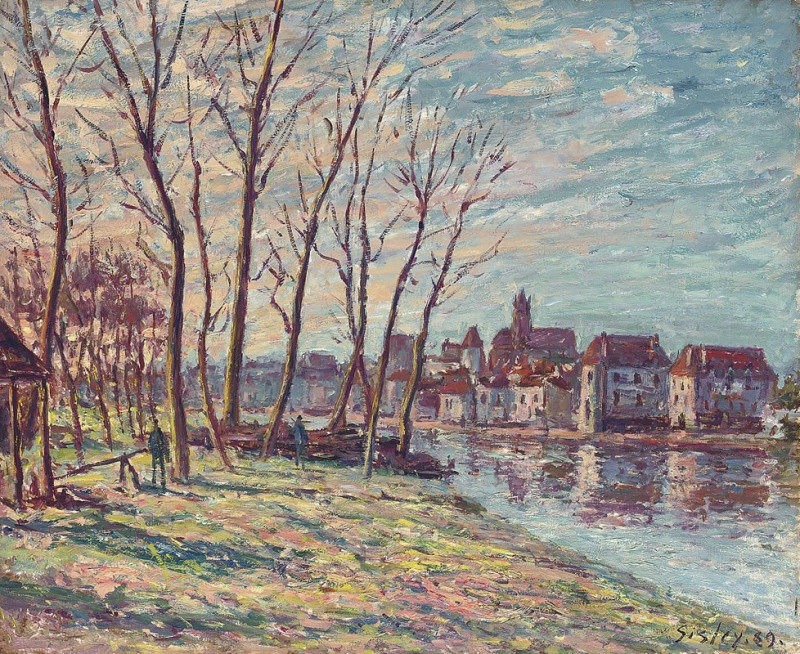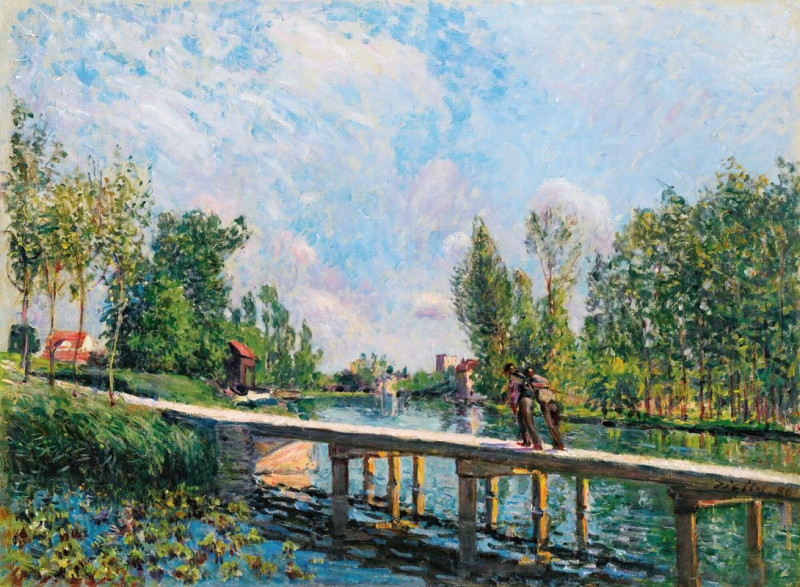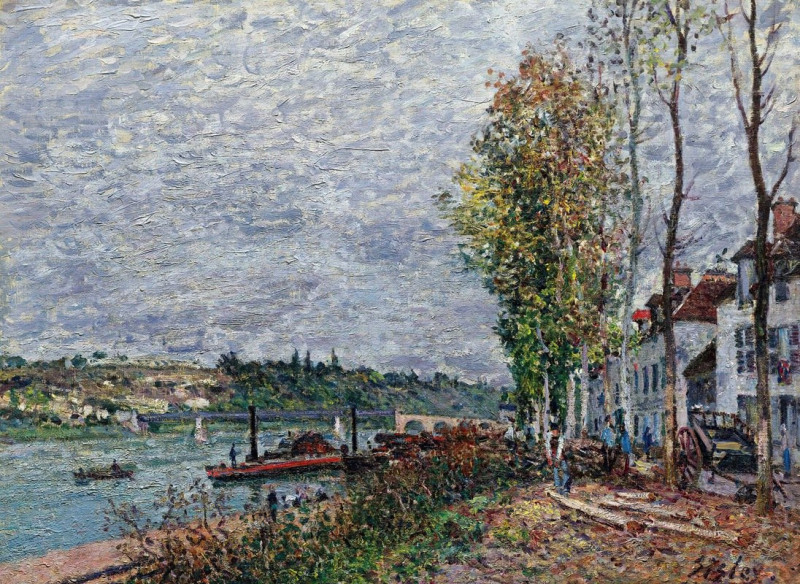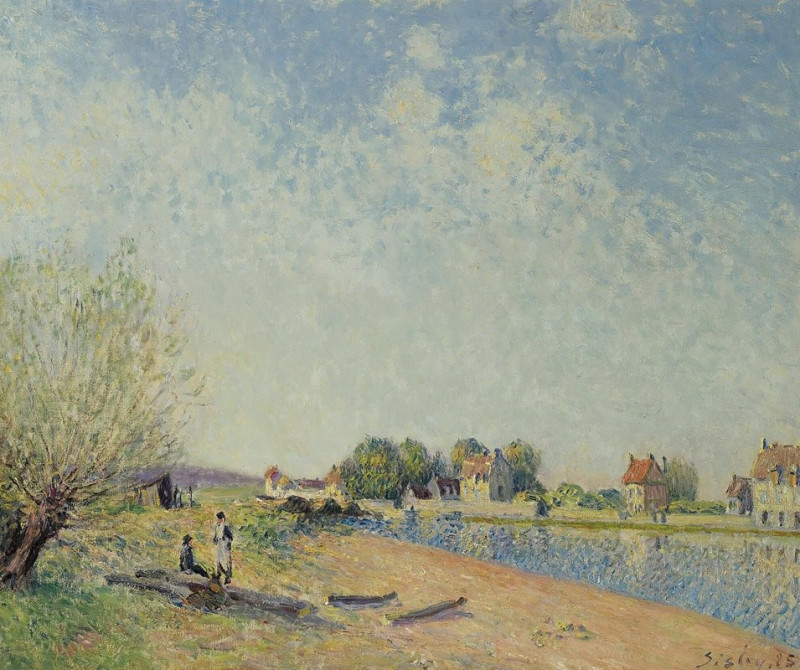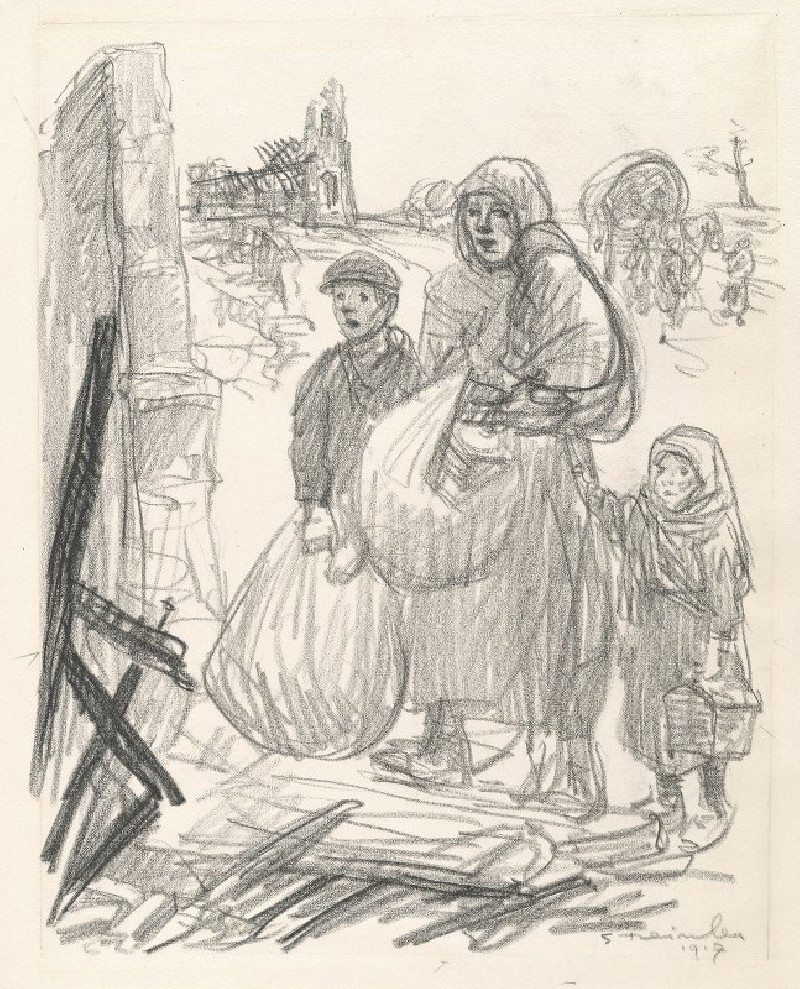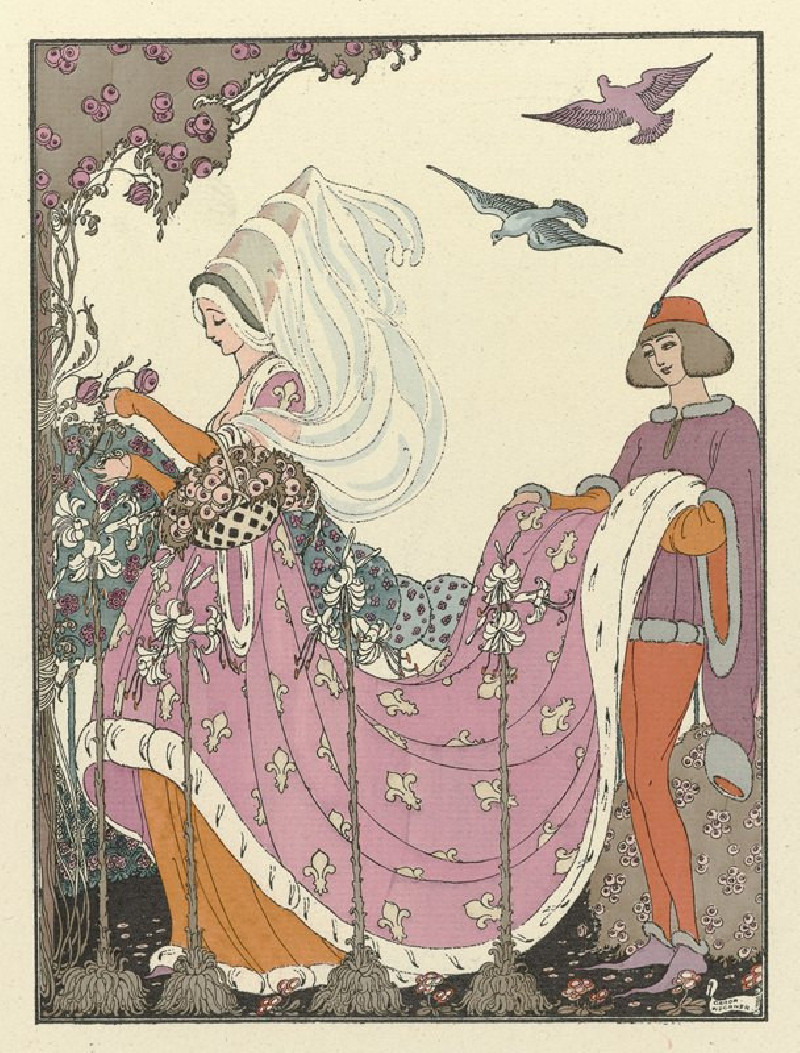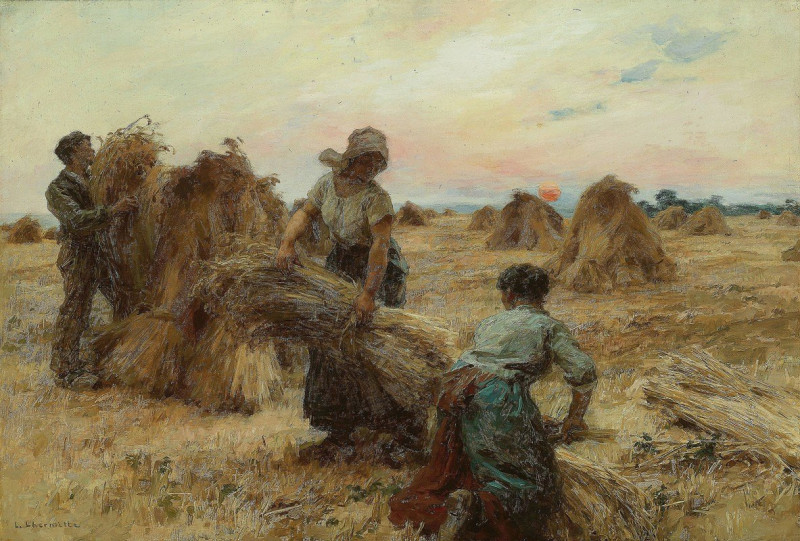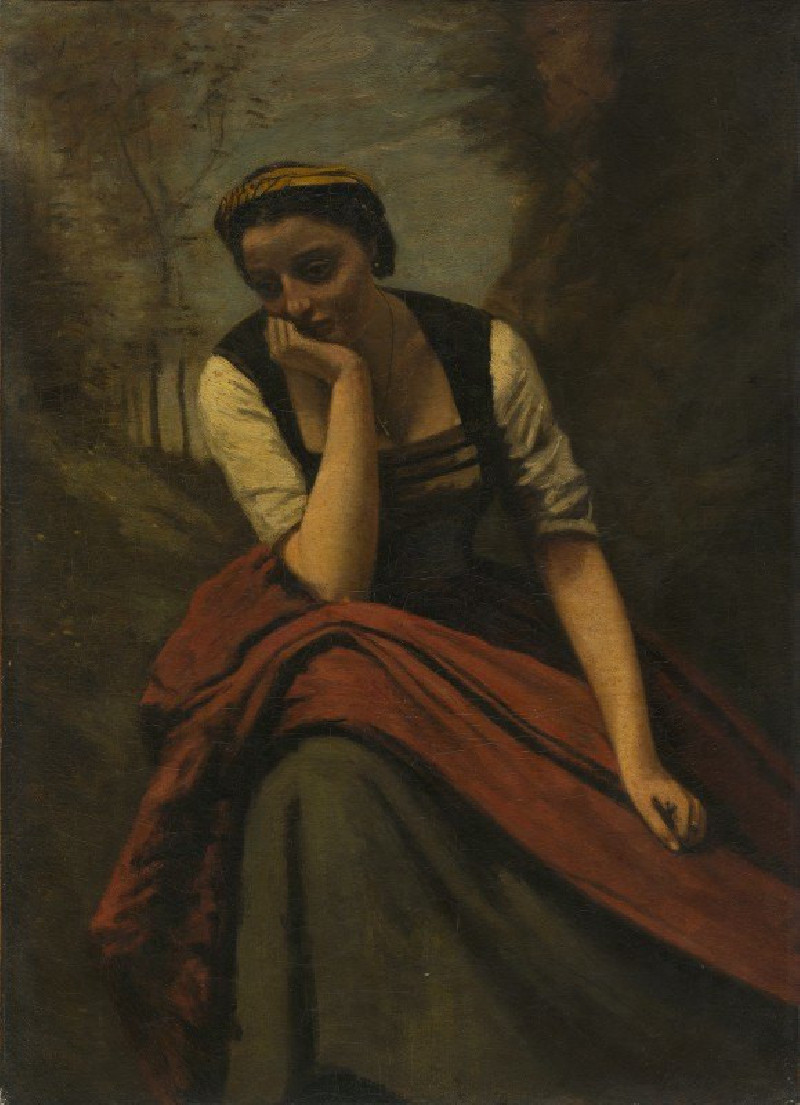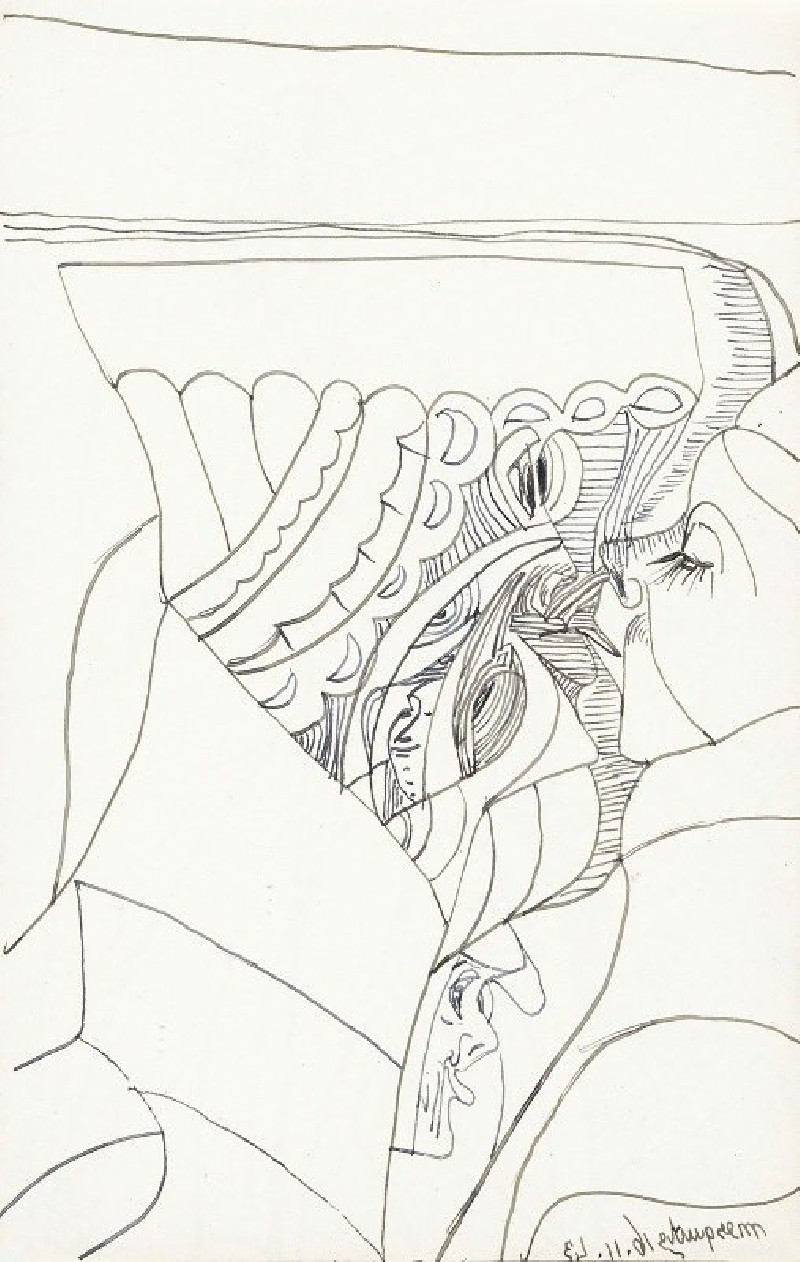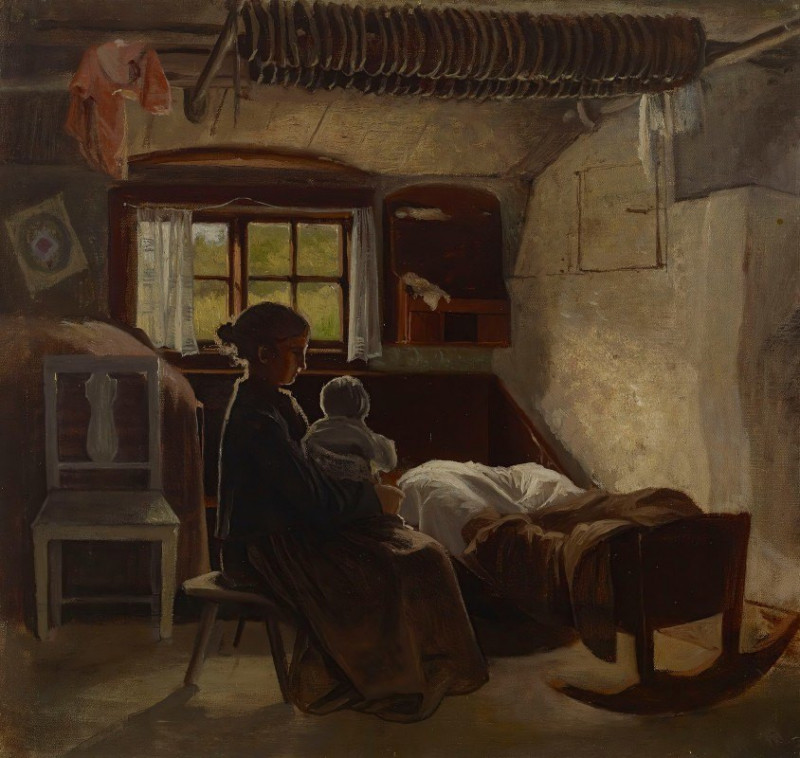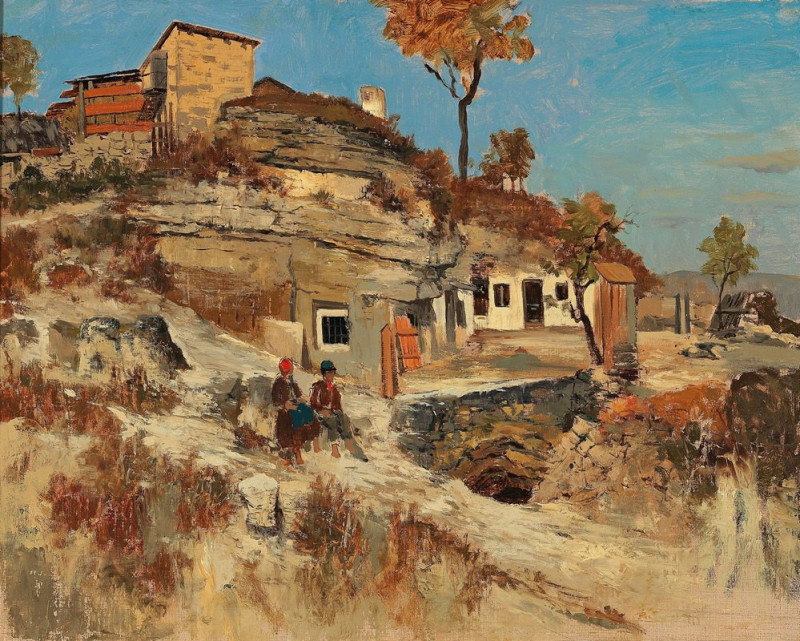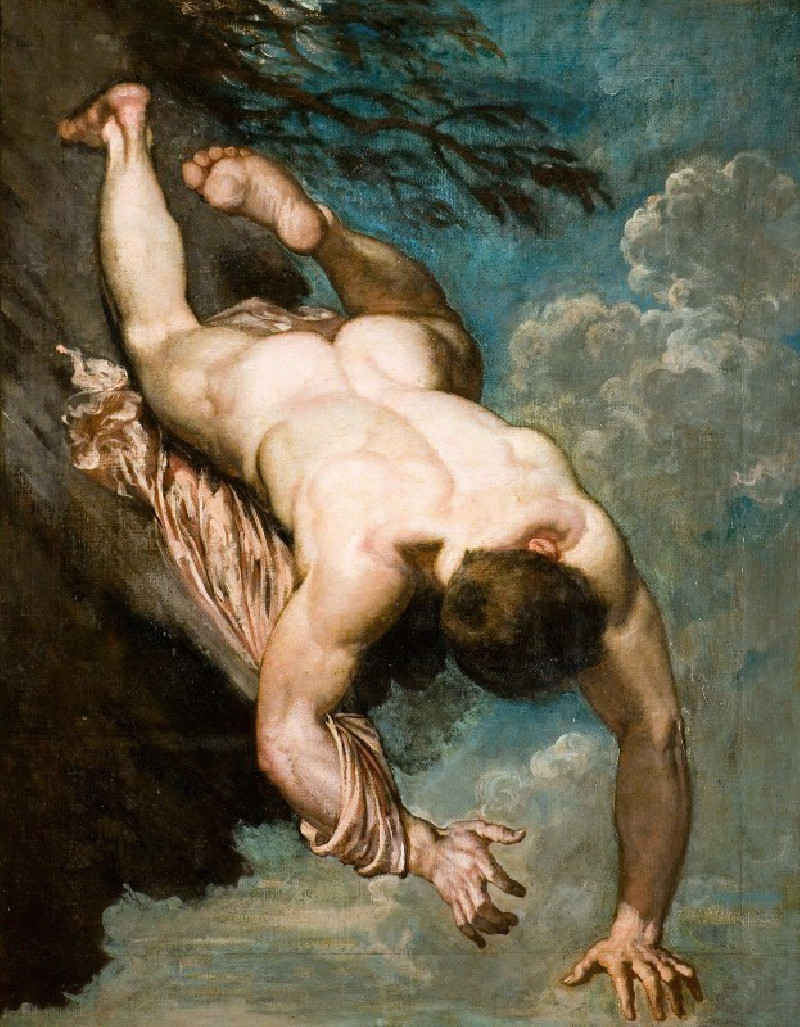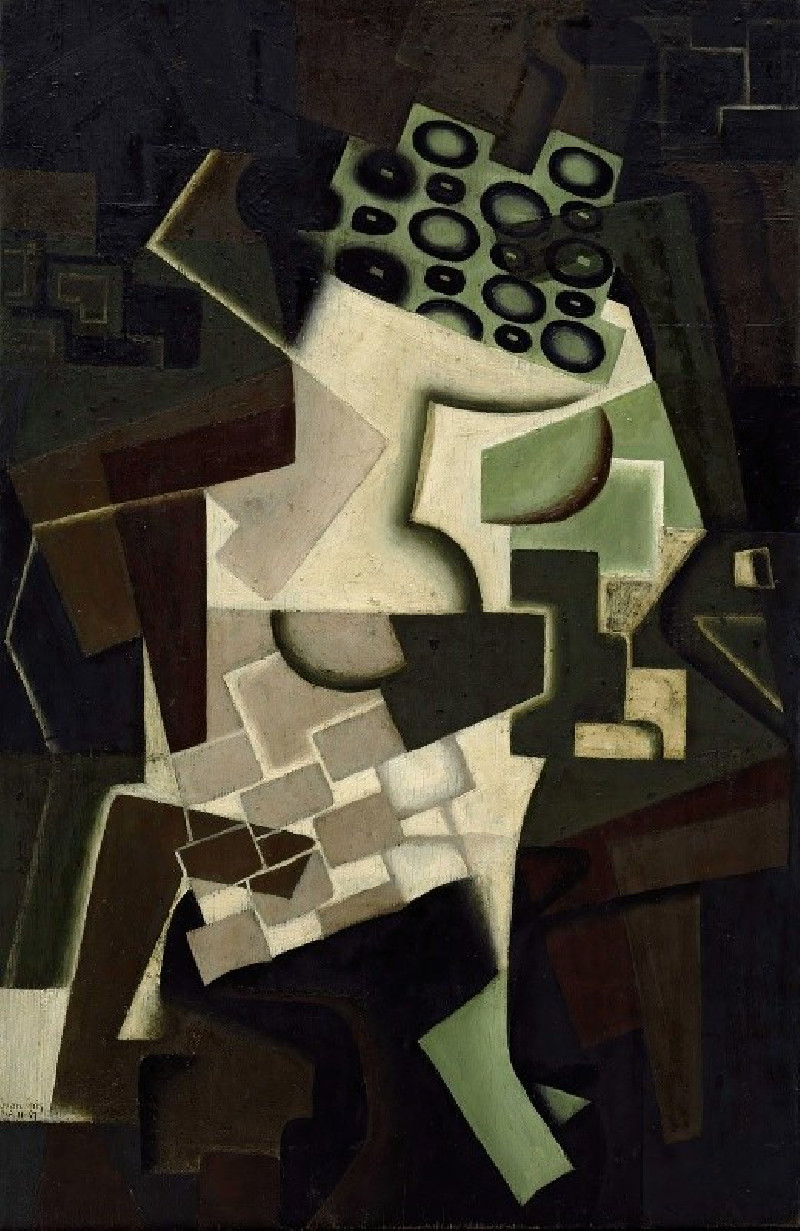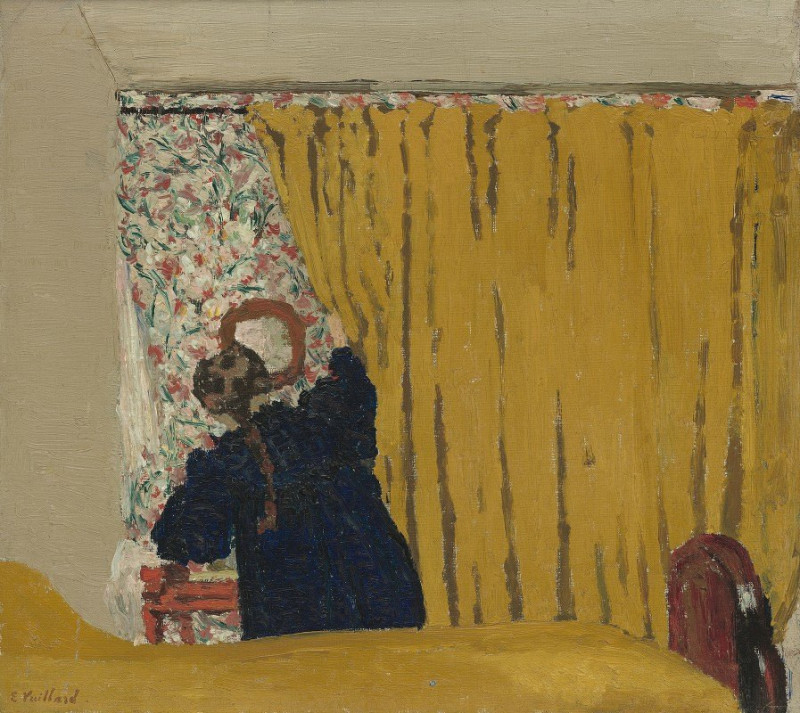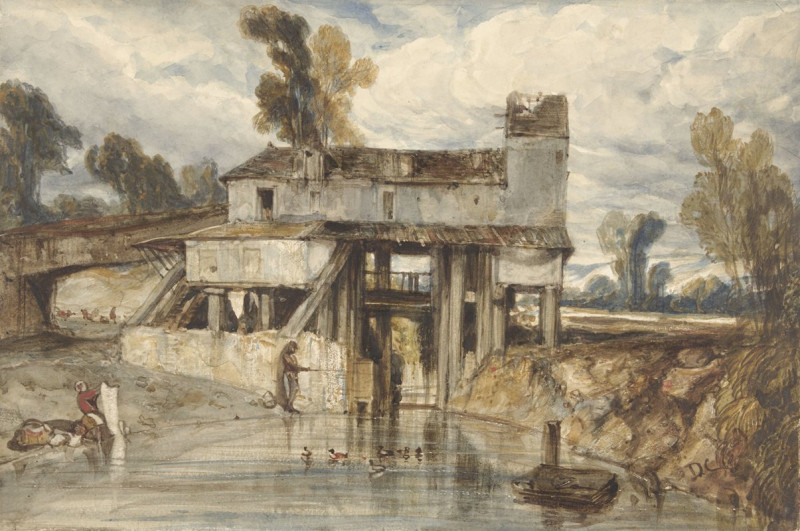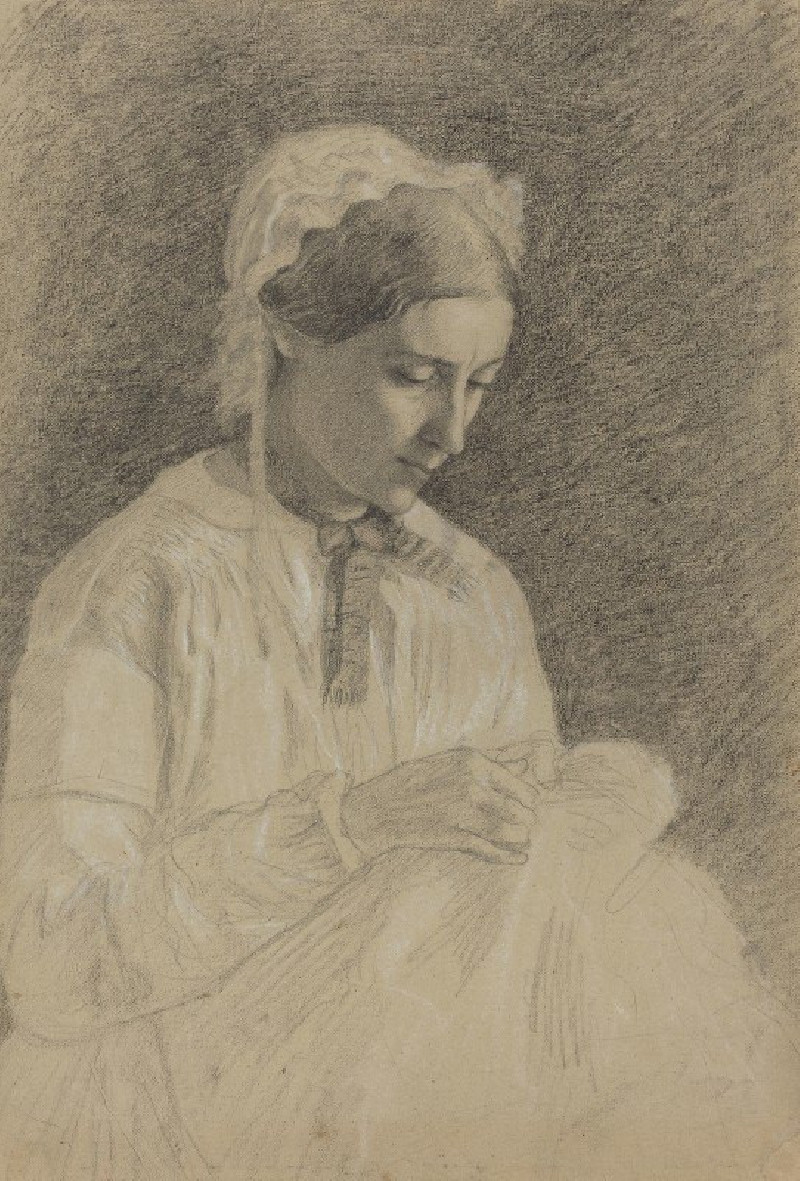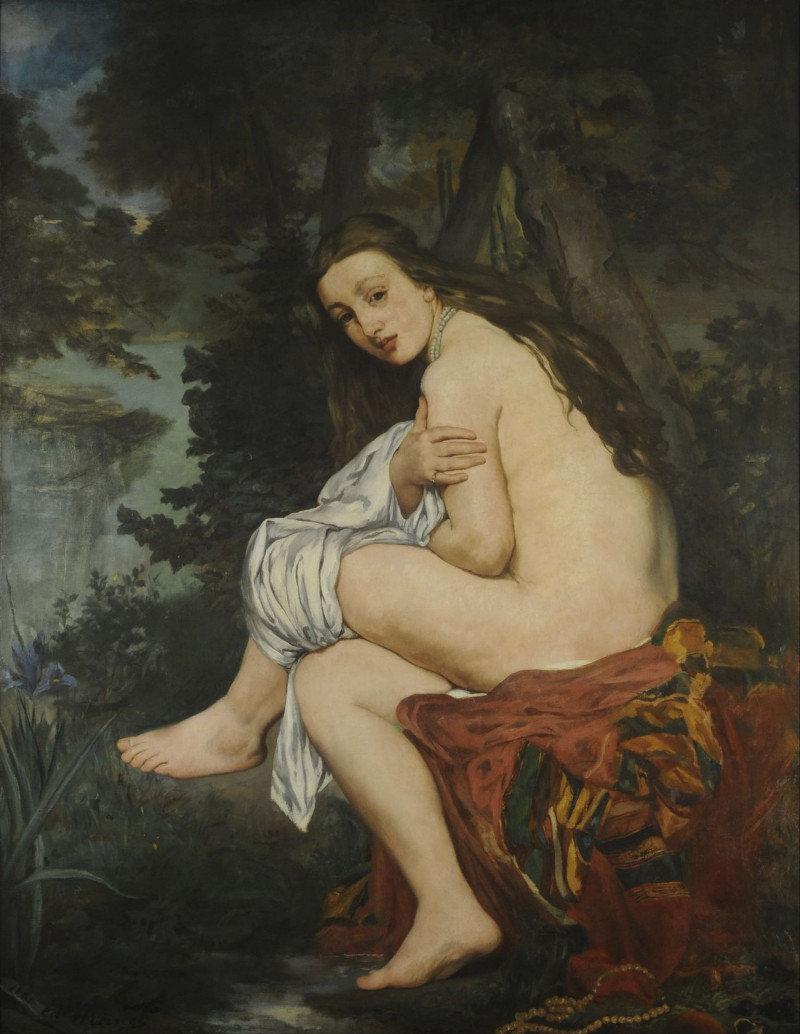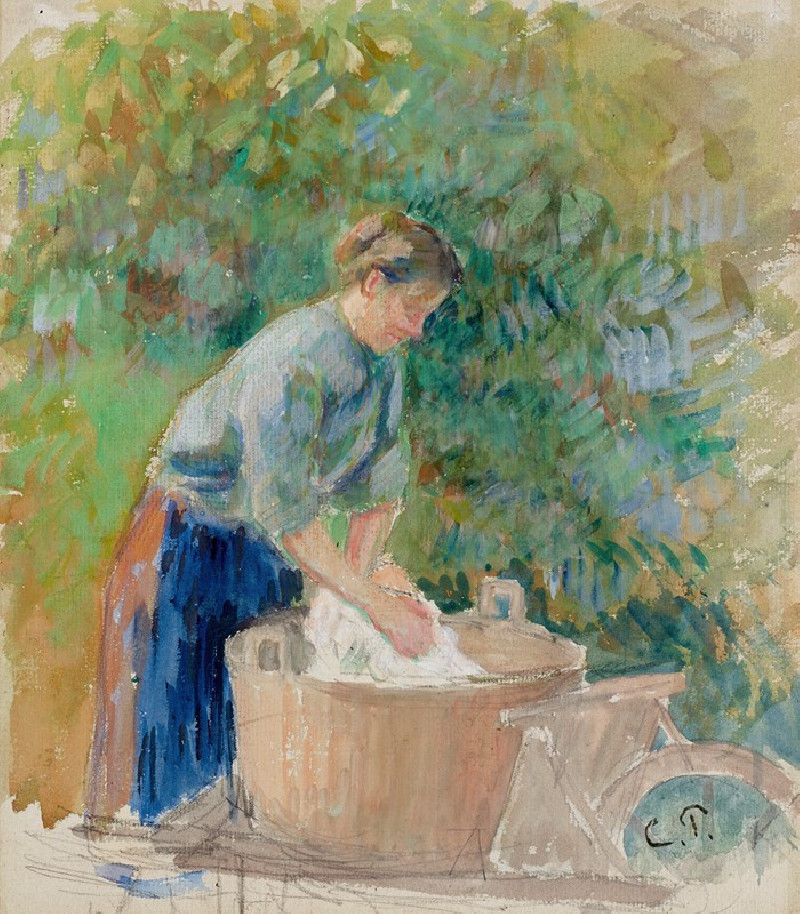The Loing’s Canal (1892)
Technique: Giclée quality print
Recommended by our customers
More about this artwork
The Loing's Canal, painted in 1892 by the renowned Impressionist artist Alfred Sisley, depicts a serene and picturesque scene along a French waterway. Reflecting Sisley's profound sensitivity to the subtleties of natural light and color, this painting captures the tranquil beauty of the Loing Canal, which is part of the Seine river system in north-central France.The composition masterfully draws the viewer's eye along the gently curving path of the canal, which is flanked by tall, slender trees that stand as delicate vertical accents against the soft, diffuse sky. These poplar trees, with their bare branches reaching skyward, are emblematic of Sisley’s work, highlighting his interest in the rhythmic patterns of nature and the interplay of light and shadow.To the left of the composition, a row of quaint white houses nestles quietly along the water's edge, reflecting a peaceful rural lifestyle untouched by the bustle of the modern world. The presence of a figure tending to a small boat by the canal's banks adds a human element to the landscape, suggesting the daily rhythms of life that continue in harmony with the natural environment.Sisley’s use of muted blues, grays, and earth tones, combined with his loose, fluid brushstrokes, conveys a sense of atmospheric moisture that is typical of the region’s climate. This attention to atmospheric conditions not only infuses the scene with a palpable sense of air and light but also evokes an emotive response from the viewer, thereby fulfilling one of Impressionism's core objectives.
Delivery
Returns
Alfred Sisley (1839–1899), an English impressionist artist, was renowned for his breathtaking impressionist landscape paintings. Born in 1839 to a wealthy family in Paris, Sisley spent most of his life in France. Despite being intended for a career in commerce, he rebelled and pursued his passion for painting as an amateur in the studio of Charles Gleyre, where he befriended artists Claude Monet and Pierre-Auguste Renoir. The financial loss of his family in the Franco-German War led Sisley to make a career out of his art, though it left him financially distressed. It wasn't until after his passing in 1899 that the true value of his work was recognized.

